Camera traps have been a key part of the conservation toolkit for decades. Remotely triggered video or still cameras allow researchers and managers to monitor cryptic species, survey populations, and support enforcement responses by documenting illegal activities. Increasingly, machine learning is being implemented to automate the processing of data generated by camera traps.
A recent study published showed that, despite being well-established and widely used tools in conservation, progress in the development of camera traps has plateaued since the emergence of the modern model in the mid-2000s, leaving users struggling with many of the same issues they faced a decade ago. That manufacturer ratings have not improved over time, despite technological advancements, demonstrates the need for a new generation of innovative conservation camera traps. Join this group and explore existing efforts, established needs, and what next-generation camera traps might look like - including the integration of AI for data processing through initiatives like Wildlife Insights and Wild Me.
Group Highlights:
Our past Tech Tutors seasons featured multiple episodes for experienced and new camera trappers. How Do I Repair My Camera Traps? featured WILDLABS members Laure Joanny, Alistair Stewart, and Rob Appleby and featured many troubleshooting and DIY resources for common issues.
For camera trap users looking to incorporate machine learning into the data analysis process, Sara Beery's How do I get started using machine learning for my camera traps? is an incredible resource discussing the user-friendly tool MegaDetector.
And for those who are new to camera trapping, Marcella Kelly's How do I choose the right camera trap(s) based on interests, goals, and species? will help you make important decisions based on factors like species, environment, power, durability, and more.
Finally, for an in-depth conversation on camera trap hardware and software, check out the Camera Traps Virtual Meetup featuring Sara Beery, Roland Kays, and Sam Seccombe.
And while you're here, be sure to stop by the camera trap community's collaborative troubleshooting data bank, where we're compiling common problems with the goal of creating a consistent place to exchange tips and tricks!
Header photo: Stephanie O'Donnell
KORA
- 0 Resources
- 0 Discussions
- 2 Groups
- 0 Resources
- 0 Discussions
- 9 Groups
- @StuartHalewood
- | He/Him
I am Oceanographic Research Engineer at The University of California Santa Barbara specializing in Underwater imaging. Also an avid user and maker of Trail/Remote Cameras.
- 0 Resources
- 3 Discussions
- 2 Groups
- @LouisaRC
- | she/her
LRC Wildlife Conservation
With 20 years of experience as a conservation practitioner, I have transitioned from a carnivore scientist to Dean, mentoring Africa’s next generation of conservation leaders. Now, as a consultant, I develop strategies integrating innovative Web 3.0 technologies for conservation.
- 1 Resources
- 1 Discussions
- 4 Groups
- @pchwalek
- | He/him/his
I'm a PhD candidate in the Responsive Environments Group, working on electronic systems for human and wildlife monitoring.



- 0 Resources
- 18 Discussions
- 9 Groups
Woodland Park Zoo
- 0 Resources
- 5 Discussions
- 9 Groups
- 0 Resources
- 0 Discussions
- 14 Groups
Zoological Society London (ZSL)
Technical Project Manager in ZSL's Conservation Technology Unit



- 2 Resources
- 26 Discussions
- 7 Groups
Universidad San Francisco de Quito
Biologist/Professor focusing on carnivore conservation in Ecuador
- 0 Resources
- 0 Discussions
- 12 Groups
San Diego Zoo Wildlife Alliance
- 0 Resources
- 3 Discussions
- 2 Groups
Currently a data scientist in industry working on mechanistic models of risk, previously worked on modeling coral reefs. I am interested in the potential for emerging technologies and new ideas to help us solve environmental crises.
- 0 Resources
- 0 Discussions
- 14 Groups
- @Kasi
- | He/him
Game Rangers International
Kasi Amor Kalande is a young conservationist with experience in elephant movement research, GIS, and conservation technology.
- 1 Resources
- 0 Discussions
- 7 Groups
I put together some initial experiences deploying the new SpeciesNet classifier on 37,000 images from a Namibian camera trap dataset and hope that sharing initial impressions might be helpful to others.
23 April 2025
A nice resource that addresses the data interoperability challenge from the GBIF.
4 April 2025
Conservation International is proud to announce the launch of the Nature Tech for Biodiversity Sector Map, developed in partnership with the Nature Tech Collective!
1 April 2025
The FLIR ONE thermal camera is a compact and portable thermal imaging device capable of detecting heat signatures in diverse environments. This report explores its application in locating wild animals across large areas...
27 March 2025
WWF's Arctic Community Wildlife Grants program supports conservation, stewardship, and research initiatives that focus on coastal Arctic ecology, community sustainability, and priority Arctic wildlife, including polar...
7 March 2025
The Smithsonian’s National Zoo and Conservation Biology Institute (SNZCBI) is seeking an intern to assist with multiple projects related to conservation technology for wildlife monitoring. SNZCBI scientists collect data...
3 March 2025
Article
NewtCAM is an underwater camera trap. Devices are getting deployed worldwide in the frame of the CAMPHIBIAN project and thanks to the support of our kind early users. Here an outcome from the UK.
24 February 2025
Osa Conservation is launching our inaugural cohort of the ‘Susan Wojcicki Research Fellowship’ for 2025, worth up to $15,000 per awardee (award value dependent on project length and number of awards given each year)....
10 February 2025
Did someone read/know this book?
9 February 2025
The worst thing a new conservation technology can do is become another maintenance burden on already stretched field teams. This meant Instant Detect 2.0 had to work perfectly from day 1. In this update, Sam Seccombe...
28 January 2025
This leads to an exciting blog we did recently, it also includes a spatial map indicating elephant movement tracks of an orphaned elephant who self released himself into the wild (Kafue National Park). Cartography was...
28 January 2025
The Zoological Society of London's Instant Detect 2.0 is the world's first affordable satellite connected camera trap system designed by conservationists, for conservationists. In this update, Sam Seccombe describes the...
21 January 2025
June 2025
July 2025
November 2023
event
58 Products
Recently updated products
4 Products
Recently updated products
| Description | Activity | Replies | Groups | Updated |
|---|---|---|---|---|
| Thanks :)We are working on making it smaller and simpler using the latest openMV board. |
+15
|
Camera Traps | 6 months 2 weeks ago | |
| Hi everyoneMy first post on this site - not sure if this is the proper group.I've placed a few trail cams in Florida. After 3 months and... |
|
Camera Traps | 6 months 2 weeks ago | |
| Hi Lucy,I now realised it is an old thread and you most likely have already found a solution long ago but this might be of interest to others.As mentioned previously, it is... |
+5
|
Camera Traps, Data management and processing tools, Open Source Solutions, Software Development | 6 months 3 weeks ago | |
| Yes baboons. But this area has a few different primate species. In the weekend three species were present.Yes, the thermal ones will be spectacular. I wondering what other species... |
|
Camera Traps | 7 months ago | |
| Hi Brett, I am interested in developing really low cost multi channel underwater acoustic recorders. Can you tell me a bit more about the board and stuff you were using... |
|
Build Your Own Data Logger Community, Acoustics, Camera Traps, Climate Change, East Africa Community, Marine Conservation, Open Source Solutions, Protected Area Management Tools | 7 months ago | |
| For the record now that this is here:This error typically occurs when the wrong number of classes is given to timm.create_model. You should try to specify num_classes=30... |
|
Camera Traps, AI for Conservation | 7 months 1 week ago | |
| Product added to the Inventory : Tikee |
|
Camera Traps | 7 months 1 week ago | |
| Do you use camera traps? If so, we'd love if you could take five minutes to fill out this survey: tinyurl.com/zambasurveyWith our WILDLABS... |
|
AI for Conservation, Camera Traps, Data management and processing tools, Software Development, Open Source Solutions | 7 months 2 weeks ago | |
| Hi Phil, Thanks for sharing - this is really interesting work! Seems like a cool integration of ground-based (or ocean-based) data and satellite data, with a community... |
|
Geospatial, Acoustics, Camera Traps, eDNA & Genomics | 7 months 4 weeks ago | |
| Dear team,I am new to WildLabs. It's great to find all the interesting and informative discussions.We are exploring deploying "connected" camera traps in wetlands (2 hectares for... |
+8
|
Camera Traps | 8 months ago | |
| I've deployed and trained others to climb and deploy arboreal cameras in several countries and I agree with Lucy's approach. Leaving a thin cord (like a throw line) to quicken... |
+6
|
Camera Traps | 8 months 1 week ago | |
| Hi Karen,Yeah the discharge curves of lithium cells tend to be very stable for a long time and then drop sharply at the end. Akiba and Brett's advice below re: condensation... |
|
Camera Traps, AI for Conservation | 8 months 1 week ago |
CV4Ecology Summer School
3 May 2022 6:13pm
Interval based video for behavior recording
3 May 2022 9:46am
Case Study: Cape Leopard Trust uses WildID to process camera trap image data
6 April 2022 11:32am
Advice Needed: Camera Trap Occupancy Modeling for Small Data Set
16 March 2022 7:33pm
26 March 2022 10:59am
Couple other papers looking at predator-prey interactions with camera trap data & multi-species occupancy models (though you may/probably know about some of them already!) -
Van der Weyde, L. K., Mbisana, C., & Klein, R. (2018). Multi-species occupancy modelling of a carnivore guild in wildlife management areas in the Kalahari. Biological Conservation, 220, 21-28. https://www.sciencedirect.com/science/article/abs/pii/S0006320717316464.
Murphy, A., Kelly, M. J., Karpanty, S. M., Andrianjakarivelo, V., & Farris, Z. J. (2019). Using camera traps to investigate spatial co‐occurrence between exotic predators and native prey species: a case study from northeastern Madagascar. Journal of Zoology, 307(4), 264-273. https://zslpublications.onlinelibrary.wiley.com/doi/abs/10.1111/jzo.12645.
Kleiven, E. F., Barraquand, F., Gimenez, O., Henden, J. A., Ims, R. A., Soininen, E. M., & Yoccoz, N. G. (2021). A dynamic occupancy model for interacting species with two spatial scales. bioRxiv, 2020-12. https://www.biorxiv.org/content/10.1101/2020.12.16.423067v2.abstract.
28 March 2022 6:47pm
These are great, thank you!
News: The Latest in Conservation Tech (March 24)
24 March 2022 12:00am
Experience with Microwave Motion Sensors!
23 February 2022 10:22am
16 March 2022 3:07pm
@TomRS @greghall and @htarold my initial (and brief) tests with the microwave sensor (same as this one: https://wiki.dfrobot.com/MicroWave_Sensor_SKU__SEN0192) I have suggest it's really sensitive to movement at fairly close range (~2m or less). Whilst this is impressive (like, it can detect my finger moving a few mm @ ~1-2m), it suggests that in order to avoid a lot of false positives/blank images, a fairly high tolerance or threshold would have to be set in the code. This will take a bit of trial and error to get right I reckon. Even though it has an in-buit potentiometer to toggle 'sensitivity' (equates to distance), even at the lowest setting, which is what I have it at, it's still really sensitive out at several metres. It definitely does appear to have an ability to tell the difference between a 'one off' or superficial movement, and more consistent movement that might be expected when an animal moves through an area. Maybe a combo PIR (interrupt) and microwave sensor (double checks after wakeup) could be a goer...although that could be a bit slow...Anyway, thought I'd share...
20 March 2022 5:20pm
20 March 2022 6:05pm
Thanks @PaulG and @TomRS I've now ordered some of the same model units, so shall hopefully get to test em out soon!
Cheers,
Rob
Apply now: Women in Conservation Technology Programme, Kenya
8 March 2022 12:00am
Introducing the WILDLABS On the Edge Fellows
10 February 2022 12:00am
Comparisons: Close-up Lenses for Camera Traps
9 January 2018 8:49am
14 January 2022 9:34pm
14 January 2022 10:28pm
19 January 2022 11:29am
Wifi trail camera
3 December 2021 8:47pm
16 January 2022 11:41pm
This seems like an eminently sensible thing to try. The main issue I've seen with most wifi cameras is that their antennas are omnidirectional - i.e. they send in every (horizontal) direction, because they don't know where the other wifi endpoint is. That means their signal doesn't go very far, but it's easy to connect. The tplink (and ubiquiti) long range devices have very directional antennas, so their signal is very focussed in that direction, which effectively means it remains quite strong for some distance. They also have to listen for the (more-interesting) return signal though from the wifi camera, and that could cause you grief. However, the highly-directional antenna can pick up fainter signals, from the direction they are pointing at, so it may be ok.
Getting wifi (or any radio signal) over any distance depends a lot on circumstances (distances, terrain, vegetation, weather, interference, ...) so I can't generalise to say this would/wouldn't work. You'd have to try it and see (or get into wifi signal strength measurements and calculations, which you can do with some apps). Some cameras also have removable antennas, so you could replace an omnidirectional (stick) antenna with something much more directional. Or, set up a wifi bridge, with e.g. a ubiquiti point-to-point link, with one end is close to your wifi camera (to pick up its weaker signal) and the other end at the house.
There are plenty of wifi wildlife cameras on ebay, which I understood use their own wifi hotspot to learn how to connect to a broader wifi network - same as the reolink, etc. when you first set them up. Lacking a broader wifi network they might offer their own as a fallback, so you can download while walking by. But I've not tried them, as they are quite expensive, and I have little faith their wifi signal would reach far enough (as per above) for our needs. I'm trying to build my own wildlife cameras now, using esp32cam modules and an external wifi antenna, just waiting on a few more parts :-)
17 January 2022 1:23am
Markusb very true but those camera are not truly wifi, they are a wifi /Bluetooth camera , meaning the create there own wifi network to down load the pics you have to connect to that network.
Now in saying that I have not experimented in writing a code using a programming language to be able to turn on and off wifi or Bluetooth and then turn it back off and tell the code to be able to do this ever two hours or so.
But using a small form factor pc that is connect to a ubiquiti or tplink long range wifi device this is possible to a Bluetooth / wifi trail camera
17 January 2022 2:27am
Ok, understand. Note, the bluetooth feature is very short range, just to configure the camera from your phone when standing nearby. Wifi will give you some longer range and greater bandwidth for image/video downloads. If it is only offering its own wifi network then that is sad, but unsurprising (they try to be very simple/cheap). Doesn't change my point though about the signal strength - if you are trying to get a really long distance (which is "over 100m" on most wifi cameras) then you will need to add something in between. A dedicated NUC/RPi/small-PC would be one option - but your reolink already has a simple PC built in, that offers the remote control and download features and storage to an SD card, etc. You can write your code to talk to that, from your home, using the reolink API/CGI (https://support.reolink.com/hc/en-us/articles/900000625763-What-is-CGI-API). The small PC might still need to handle the "long-distance" wifi link if appropriate for your needs, in which case a ubiquiti/tplink wifi bridge (and a PC at home) might be more cost-effective? That can basically extend the camera's wifi back to your home.
This might need some whiteboarding and actual site-information to optimise :-)
Camera traps and community knowledge in Eastern India
20 December 2021 12:00am
Identification of Wildlife in Camera Trap Images
20 December 2021 12:00am
Feedback Needed: Wireless Camera Traps
4 October 2017 3:33am
16 November 2017 7:14pm
Just be aware of the limitations; you'll be transmitting at a very slow baud rate on frequencies that may have strict duty cycle (transmission time) and ERP (transmission power) limits. Check up on the rules for the region in which you intend to operate and make sure that the restrictions fit in with your intended application.
27 November 2017 5:03pm
The following two papers describe our attempst to develop an open source RPi camera trap platform with long range communications capability, and may be of interest:
Nazir, S., Fairhurst, G., Verdicchio, F., 2017. WiSE - a satellite-based system for remote monitoring. Int. J. Satell. Commun. Netw. 35, 201–214. https://doi.org/10.1002/sat.1176
Nazir, S., Newey, S., Irvine, R.J., Verdicchio, F., Davidson, P., Fairhurst, G., Wal, R. van der, 2017. WiseEye: Next Generation Expandable and Programmable Camera Trap Platform for Wildlife Research. PLoS One 12, e0169758. https://doi.org/10.1371/journal.pone.0169758
More details can be found here: https://erg.abdn.ac.uk/wise/
/Scott
7 December 2021 5:54pm
Vasudev
I have had no issues using ubiquiti device and pushing internet out to 5 miles line of site, what I am curious what are you using for you camera on the other end, I have always wanted to try and build a long distance wifi trail camera ( true wifi ).
is it solar powered or battery powered that has been my issue trying to figure out the power issue
Cellular and Lora camera traps
20 May 2021 10:51am
21 May 2021 8:36pm
Hi Antoine,
I am intrigued myself about how well a LoRa-based trail camera might work. I wonder if the 'LoRa' element is a more traditional radio connection? And of course the system still appears to rely on a cellular connection at the base station end. But interesting nonetheless.
On the radio side, there's also the CuddeLink model: https://www.cuddeback.com/cuddelink
However, I'd be sitting down when you look at the price.
I've had reasonable success with older model 3G cameras such as the Bolymedia MG983G-30M. From memory, it couldn't transfer video files larger than 10sec in length and it gets a bit glitchy if the batteries are running low. But, it worked well enough for me at the time.
If you do end up looking closer at the 'LoRa' model, please let us know how it works.
Cheers,
Rob
24 May 2021 4:09pm
Hi Antoine,
I had not seen these before, but I'll echo Rob in wondering if the radio links in these are truly what most would consider 'LoRa'. That tech/protocol generally has very low data transfer rates and would be quite challenged in sending pictures. That said, what they call it may not be relevant if it works for you. I would just be cautious of thinking it could integrate with other 'LoRa' devices or networks. Some other web sites that mention this system describe the radio link as 'proprietary'.
Kyler
7 December 2021 4:51pm
Antoineede they are a mesh style of camera, one links to the other and then send pictures back to the home unit where you either send them via cellular or you check the sd card. The cover Lora and cuddielink cameras do this but they play hell on battieries.
I had a cuddelink system and got rid of it , the home unit was to hook up to a pc and then from there you could easily wept a scrip to send to txt message or email etc but they scrapped that idea
Try our open-source automatic camera trap detection/labeling tool!
12 November 2021 8:31pm
1 December 2021 10:37am
This sounds so cool! I will try it out and spread the word.
6 December 2021 5:40pm
Wow, Zamba looks like a great tool. I'm curious about the terms of data use and privacy of the data uploaded to Zamba by users. I couldn't find that info on the website, could you point me in the right direction?
7 December 2021 3:55pm
Hi Morgan! We're currently still working out the exact terms. Are there any specific concerns that you had?
Low-cost underwater camera trapping and deep learning
30 November 2021 12:00am
Technical Difficulties: The Promise and Pitfalls of Machine Learning for Conservation
 Sara Beery
and 1 more
Sara Beery
and 1 more
23 November 2021 12:00am
Caiman: Images as Sources of Intelligence
18 November 2021 12:00am
Technical Difficulties: Pangolin in a Haystack
11 November 2021 12:00am
Opportunity: Wildlife Connectivity Technician (Seasonal)
3 November 2021 12:00am
Technical Difficulties: A Deployment Checklist
13 October 2021 12:00am
Technical Difficulties: Understanding the Realities
 Eric Becker
and 1 more
Eric Becker
and 1 more
13 October 2021 12:00am
Advice needed: Beginner's Conservation Tech Starter Kit
22 September 2021 6:06pm
5 October 2021 11:52pm
Hey Rob!
Thanks for all the tips! Getting 2 SD cards was a good reminder. I'd put extra batteries on my shopping list, but forgotten an extra SD card. Do you have a recommendation for a minimum SD card size?? I don't have any understanding of how long it'll take one of any size to completely fill up.
I also think I'll try a little of both for video vs. still images, but the majority of it will probably be video to see how the squirrels are behaving/fighting.
And I'm way ahead of you with the picnic table idea. These squirrels will be treated to some very fun props and dining opportunities along the way.
5 October 2021 11:56pm
Hey Harold, that'd be amazing! I'll get in touch for more info, thank you!
8 October 2021 1:02am
Hey Ellie--
Glad to see you getting started with this.
I'll speak to the data-storage question, it might be worth it for you to do something like paying for extra google drive space rather than go through the external hard drive process. That way you're ensuring you don't have to worry about losing your drive or just leaving it at home. It's $30 US for 200GB of space for a year, which is quite reasonable, especially for a single recorder / camera trap.
I'd also make sure you have an SD card reader, and maybe a sealed card holder/wallet to keep data safe while it transitions from the field. How much to budget for batteries will depend on exactly what sensors you end up purchasing but in my experience, ordering high-end alkaline batteries is the best bet (for example, in the Duracell line, their Procell D batteries really do perform better than the normal consumer level coppertop batteries). I'd recommend playing around with the scheduler software for whatever acoustic sensor you end up obtaining to figure out whether you'll be limited by power or storage depending on how you set things up.
Old camera traps go cellular
6 February 2020 12:00pm
27 August 2021 4:30pm
Oh very cool Robin. Do you mind if I ask how much it is for the unit?
27 August 2021 5:43pm
Hi Rob,
prices drop but I payed 88€ for mine.
7 September 2021 5:18pm
Thank Capreolus,
for your feedback, did you try it where the cellular network is weak?
Thank you.
How do I use animal-borne imaging technology in marine and terrestrial environments?
16 August 2021 12:00am
Workshop in analysis of camera trap data using distance sampling
7 August 2021 1:15pm
Tech Tutors: How do I use tech ethically?
5 August 2021 3:28pm
App Development Environment for Commercial Trail Cameras
1 July 2021 6:17pm
4 July 2021 12:27am
much appreesh @StephODonnell
21 July 2021 12:40am
I've put together a short slide deck outlining the concept and status (see attached PowerPoint). Critcally, I'm looking for a 1 to 3 "inaugural open source developers" to help launch the effort. Ideally, these developers would be associated with a project in need of enhanced firmware. I've already spoken with @Alasdair about this, and it looks like there could be an opportunity based on one of his projects. Please repond on this thread (or message me directly) if you know of anyone who might be interested or available. Skillset looks like:
•C (C++?) for Feature Development
•Python (for tool development)
•Thread-X RTOS
•Embedded System Software Design
•GitHub/Colab/Open Source Development Environments
•Ability to Operate (and to help define) a Nascent Software Development Environment
30 July 2021 2:18pm
@Freaklabs
Akiba may be interested?
How to dissociate the detector sensor from the camera in a camera trap surveyed area?
19 July 2021 8:36am
19 July 2021 7:11pm
I think it would be technically possible. Something like the camera being put to sleep, and only activated when an outer sensor is triggered. I would be more worried about getting ethical approval for such a study where the aim is to have a live domestic animal being attacked by a predator in a confined space.
20 July 2021 10:18am
Hi Egil, indeed, ehtcial approaval is of course needed and I will ask for it for sure! (But note that it is hard to explain farmers that I need ethcial approuval for that project aiming at reducing attacks, while they get attacks every other weeks despite fences, livestock guarding dogs and/or shepherds !!).
30 July 2021 12:29pm
My guess is that the camera triggering will prove to be far less of a challenge than getting ethical approval for penning livestock where predators can reach them. If you have such a high rate of wolf attacks in free-ranging flocks then you can directly measure the decrease in rate of attacks in flocks that have the repellent vs those that do not.
Tech Tutors: How do I get started with Wildlife Insights?
29 July 2021 12:04am



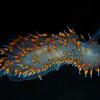





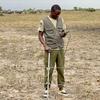
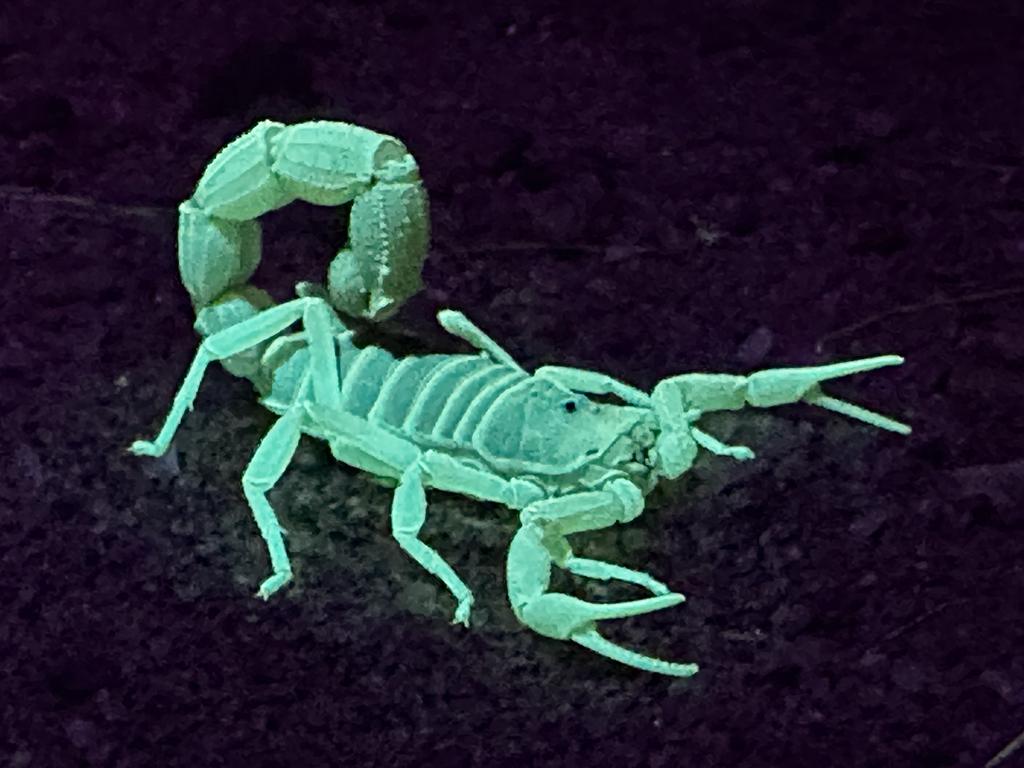











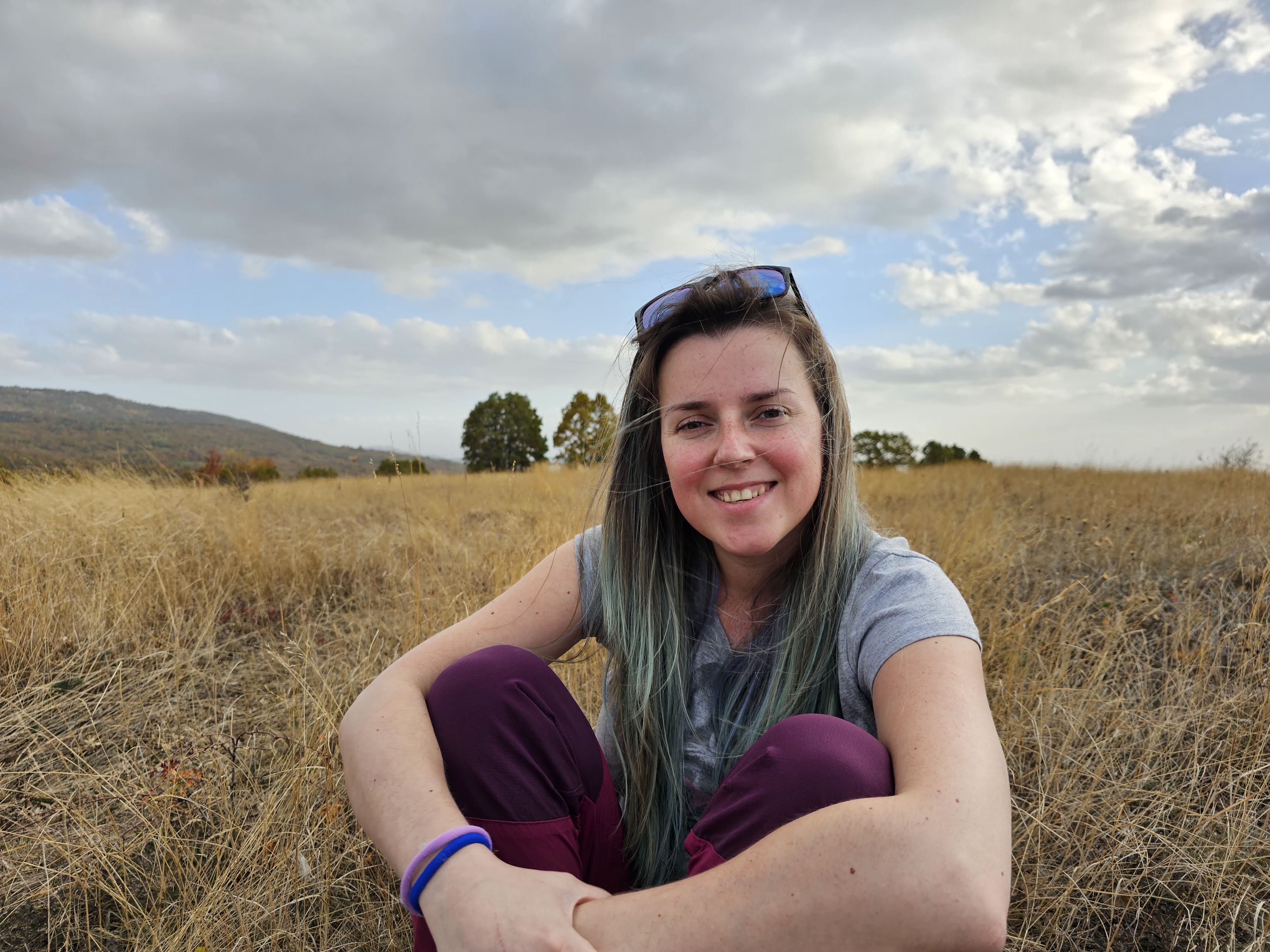









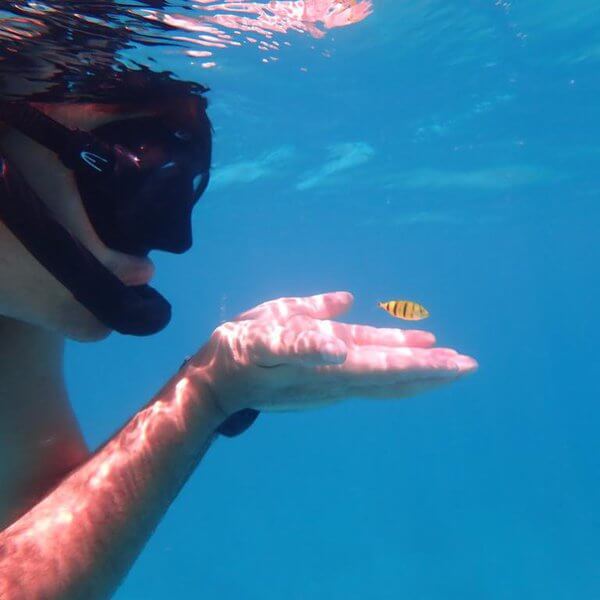
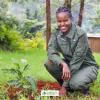












































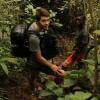

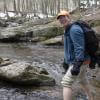

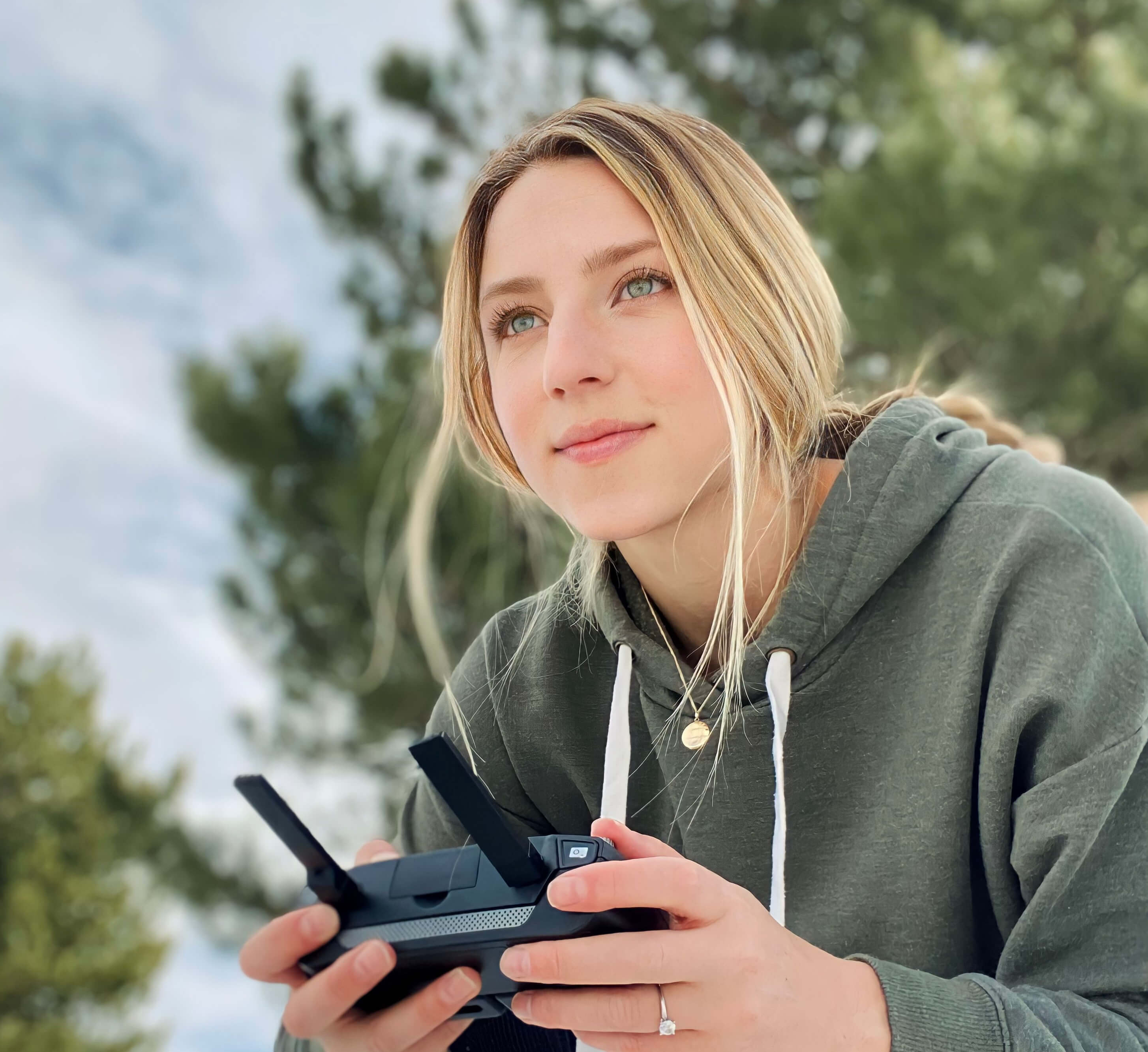
25 March 2022 5:02pm
I'll take a look into these options, thank you for the advice!